As a photographer, more than likely you’re going to be faced with the decision of how to get value out of the camera body or lens that you want to upgrade at some point. Due to the issues I discussed above, The last couple of years I’ve traded in several camera bodies and lenses to Adorama. I did so knowing full well that I wasn’t getting top dollar for the item that I was trading. Adorama is a business and they have to make money. I get it. But the time, aggravation, and risk to my very life associated with selling something myself has a value too. When I pre-ordered my Canon R5 Mark II, I didn’t want to send my original R5 to them to hold onto until however long the pre-order was filled. So I knew I was eventually going to have to sell my R5 on my own. I procrastinated for several months thinking, “maybe I need keep my R5?” Eventually I determined my R5 needed a new home.
So I took some nice photos of My R5, which I had only owned for two years, and created a Facebook Marketplace ad, with a very reasonable price. Almost immediately I started receiving messages of inquiry. And the first thing that nearly all of the interested parties wanted to know was the same thing: What was the shutter count on the camera? Many cameras have a spot in the menu where you can go to view the current number of shutter activations on the camera. But Canon has never had this particular feature on their cameras which I have owned. After doing some research, I learned that there was third-party software that you could buy to determine the shutter count on a Canon camera, which I certainly was not interested in doing for a camera that I was selling. And apparently there are some free websites that you can upload a photo and the website will extract the camera shutter count from the metadata. I tried that as well, but the website I used was unable to determine the shutter count from the image file that I uploaded. After having done a little bit more research I found out that many of the methods people use to attempt to determine the shutter count on a camera don’t really produce an accurate shutter count. Many third-party software options, for example, are not accurate. When trying to buy a preowned mirrorless camera, asking about the shutter count is asking the wrong question. Does knowing the shutter count on a Canon camera give the most accurate reading on how much the camera has been used? Maybe…maybe not. What if for example, my R5 had primarily been used for video? It might have an extremely low shutter count, which is good. But it also might have endured years of hard use in conditions which frequently led to overheating. If so, that camera might well brick well before the shutter has an issue.
While all of these Internet chickens were scratching in dirt, preoccupied with the shutter count of my two year old R5, a lovely young local family portrait photographer wrote to me. She politely asked if I could possibly take $50 less than my asking price, to which I cheerfully agreed ( I still got a couple hundred more than Adorama estimated they would pay). When we met the following day, she explained that she had the opportunity to use an R5 at a Christian youth camp she attended, and fell in love with it. She worked several extra shifts at her waitress job and had the money together for a used R5. I was thrilled my beloved R5 was going to such a great home. You see I had already provided all the information anyone really needed to know in my sales ad. She read the ad, we exchanged the messages and she purchased the camera without asking a single question about the shutter count. So when you’re buying a used mirrorless camera, here are the factors you should be really looking at to try to determine how much wear and tear the camera has had and how much remaining life it has.
A MATER OF TRUST
In my mind, the most important factor is the level of trust you have in the seller. The old adage about “buy the seller” applies here. The nice thing about buying pre-owned cameras is that photographers tend to have a strong online presence. The more you can determine about the individual, the more you will trust what this individual says as being true. I got messages from “buyers” who had very new Facebook profiles, very few friends, and very little activity. Huge red flag. If you don’t have a reasonable level of trust in the seller, then you can’t trust anything that say…including anything they provide you about the shutter count, which can be faked or misrepresented.
WHAT TYPE OF PHOTOGRAPHER?
Take a look at their Instagram or website if they have one. If they are posting daily with multiple images, then obviously they’re taking a higher number of photos with their camera. You should also be able to get a feel for what type of photography that they do. If you’re dealing with someone that’s doing a lot of sports photography, they probably shot a lot of photos in high speed mode and have more shutter activations than say a portrait photographer. Is the person a pro photographer or an enthusiast? A pro photographer might be taking 1000 photos a week. An enthusiast might average 1000 photos a month. And just because a seller is a pro photographer, don’t assume their camera will automatically have a higher shutter count. A pro is more likely to shoot with two or possibly even more that two camera bodies. I nearly always shoot with multiple cameras. Which means a lower shutter count per camera. This was a point I always tried to make clear to any buyer.
CAMERA CONDITION
Next, the physical condition of the camera will probably tell you more about the remaining life in the camera than will the shutter count. Pay very close attention to not only the physical condition of the body itself, but also the lens mount. Is the text on the camera front or buttons on the back worn away? Is the grip worn or discolored? Buyers should want to see a video of the camera in addition to photos – it’s harder to hide the signs of physical wear in a video. Perhaps you’ve heard the old saying about how “pro photographers don’t baby their gear.” In other words, professional photographers beat the snot out of their gear. In my experience, people either take care of their belongings or they don’t, so I don’t see this saying as being true of pro photographers. When I was doing freelance writing and photography professionally, I always use great care in handling and maintaining my gear. Here are the photos of my R5 that I provided in my ad:
The photos show not only the great condition with the cameras in, but also they included accessories, as well as a photo that shows that the camera does function and that the flip out screen is not damaged.
NEGOTIATION TACTIC?
Now, many people will argue that a seller that won’t provide the shutter count is simply being lazy or trying to hide something…and I disagree. If I’ve answered all your questions, and you want my camera, but still want to know the shutter count, there’s a solution: Provide me the means to provide you what you need. In other words, pay for whatever software or tool you want the seller to use to determine the shutter count. Crazy idea? Not really. When you buy a used car, it’s always prudent to have a mechanic check out the car before you finalize a deal. That expense however is on the buyer, not the seller. Personally, I think that those who are primarily interested in a cameras shutter count aren’t going to be the best buyers to deal with in a transaction. They probably want to use what number of shutter activations the camera has as a point of negotiation. What’s a “good” number anyway? What’s too high? Or too low? Whatever number you provide these people will probably just be used as their justification for accepting a lesser amount of money than what you’re asking.
The importance of knowing the shutter count on a mirrorless camera is debatable. But there are other factors that buyers should be more concerned with than shutter count.
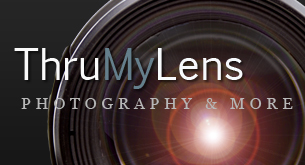
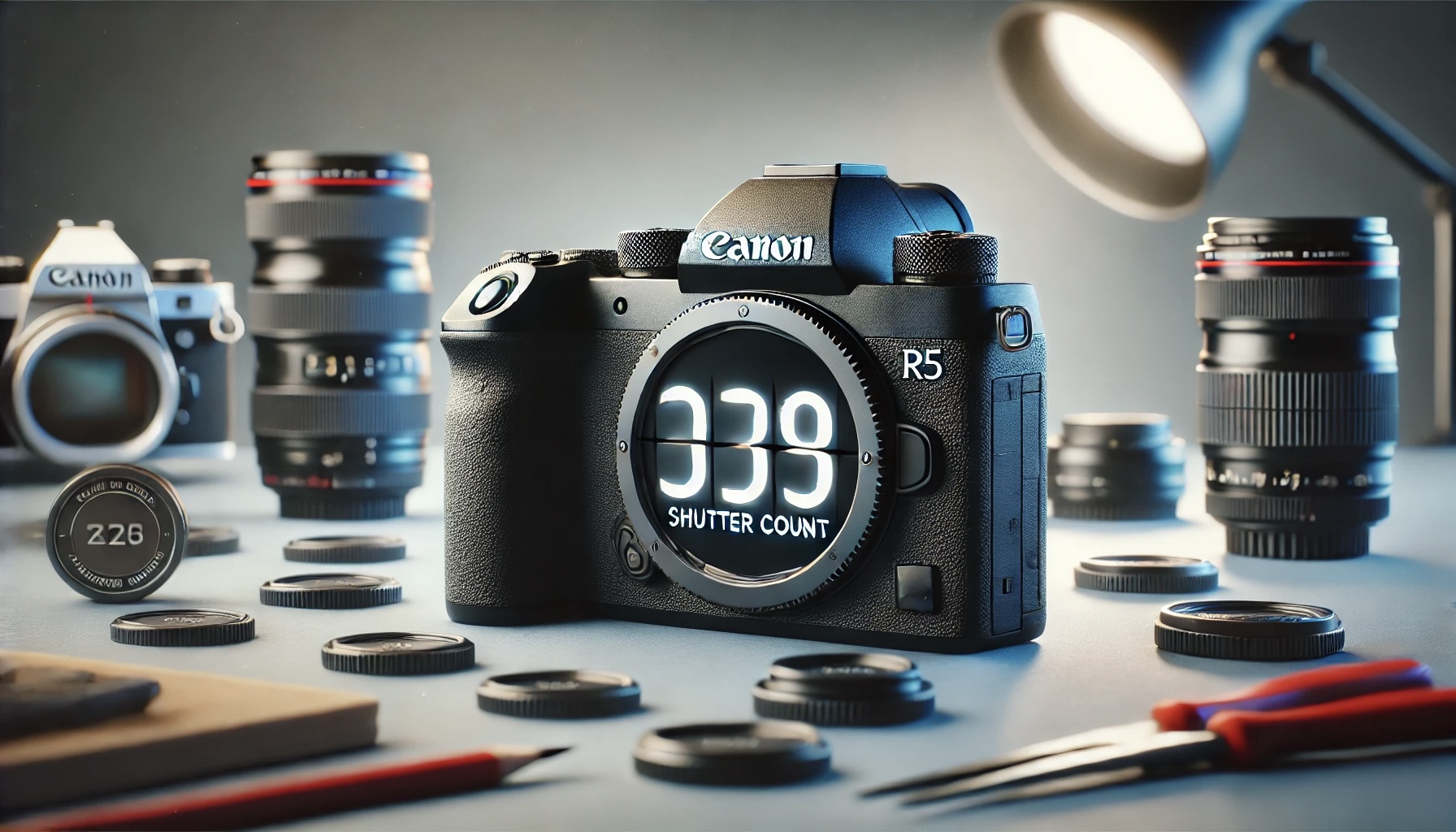
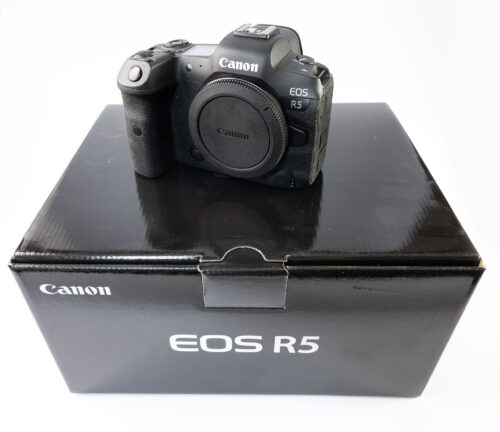
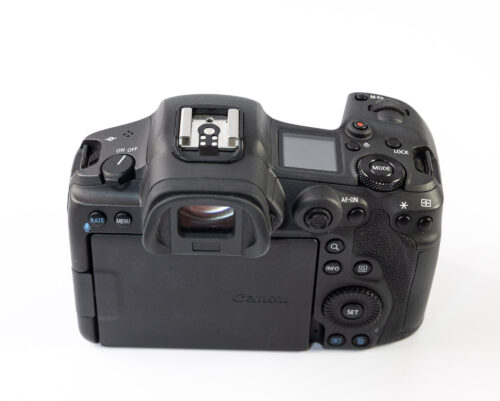
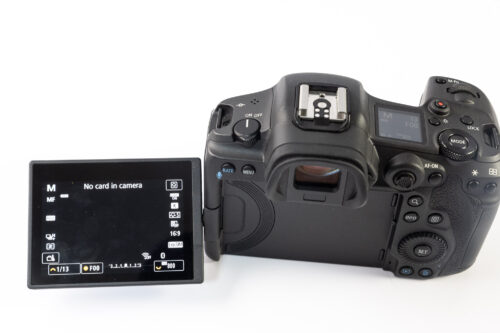
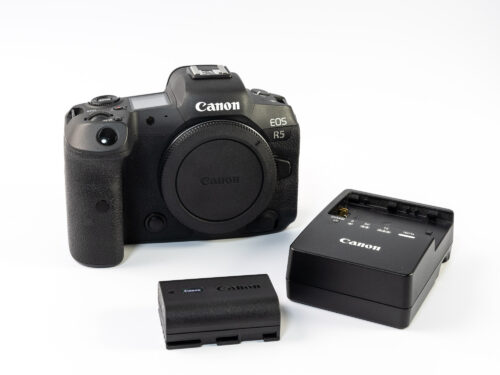
0 Comments